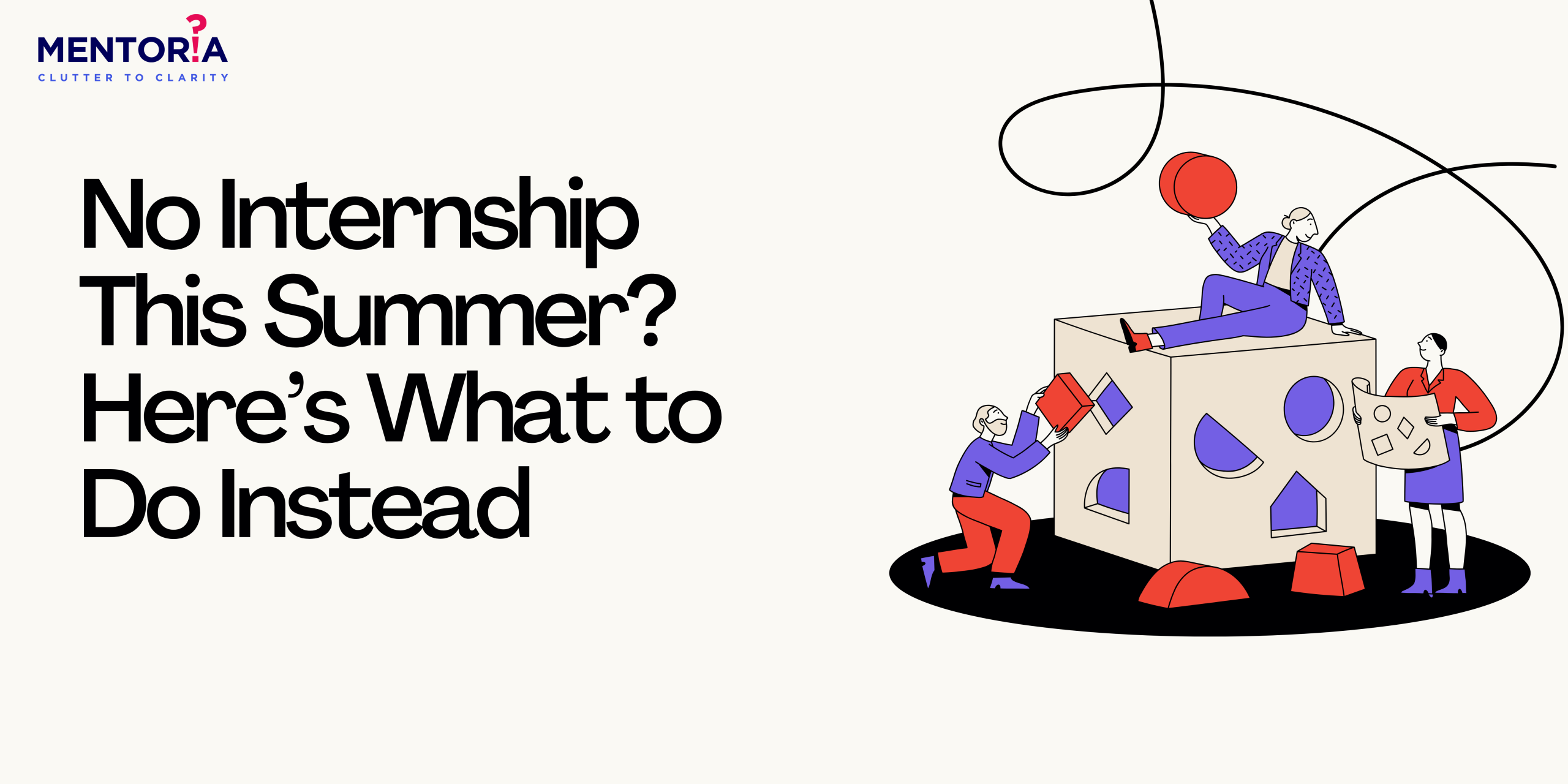Prepare Better, Panic Less: How To Rehearse For An Important Presentation

Ever wondered how those epic presentations come together? Spoiler alert: it’s all about practice! Take a cue from the legendary Steve Jobs – he didn’t just wing it; he rehearsed like his life depended on it. Bill Gates even called him a “wizard” who could “cast spells” on the crowd. Lesson learned: practice makes panic disappear and confidence soars. Drawing insights from working with global leaders, here’s your guide to effective rehearsal and conquering the art of public speaking.
Commit To 10x Improvement
Larry Page’s “gospel of 10x” isn’t just a business strategy; it’s a mantra that elevates your presentation game. Consider the story of Jill Bolte Taylor, whose TED Talk became a sensation with 200 rehearsals. This commitment to extensive practice sets you apart from the crowd. One executive preparing for a sales meeting planned 15 rehearsals, but understanding Taylor’s approach shifted his perspective. Embracing the 10x principle doesn’t have to be overwhelming. Utilise every moment, from practising your introduction while commuting to focussing more on complex sections. This approach ensures that when you step onto the stage, your presentation reflects a level of mastery that captivates your audience.
- Break down your presentation into smaller sections and practise each part individually for depth.
- Incorporate feedback from peers or mentors during rehearsals to refine your content.
- Utilise tools like video recordings to assess body language and overall presentation style.
- Explore variations in tone, emphasising key points to maintain audience engagement.
Start As Strong As You End
The opening and closing moments of your presentation wield unparalleled influence. They set the tone, capture attention, and leave a lasting impression. In the art of public speaking, balance is crucial. Perfecting the first two and last two minutes, along with key lines, forms the foundation of a memorable presentation. TED Talks exemplify this principle, where adherence to strict time limits demands precision. While memorising every word may be suitable for such scenarios, general business meetings require confidence without sounding overly rehearsed. This balance allows flexibility, enabling you to adapt to audience reactions and inject spontaneity into your delivery.
- Craft compelling opening lines that grab attention and set the stage for your presentation’s theme.
- Practise transitional phrases to seamlessly guide your audience through different sections.
- Experiment with variations in closing statements to find the most impactful conclusion.
- Use humour strategically in both the introduction and conclusion to create a memorable experience.
Practice Under Mild Stress
Susan Cain’s journey from a self-described introvert battling a fear of public speaking to a renowned TED Talk speaker is a testament to the power of practising under mild stress. Rehearsing under real-world conditions, even in front of a small audience, exposes you to the very scenarios that induce anxiety. This exposure, in manageable doses, prepares you for the pressure-packed situations associated with public speaking. Sian Beilock’s research reinforces this approach, emphasising that practising under mild stress prevents choking when faced with higher stress levels. Gradual desensitisation to public speaking, even in front of a few individuals, reshapes your perception of it as an opportunity rather than a threat.
- Mimic real-world conditions by practising in different environments and with diverse audiences.
- Gradually increase the size of your audience during rehearsals to build resilience.
- Introduce controlled elements of stress, such as time constraints or unexpected questions, to simulate realistic speaking scenarios.
- Focus on controlled breathing techniques to manage anxiety during practice and actual presentations.
Record Your Rehearsal
In the age of smartphones, your most valuable practice tool fits right in your pocket. Recording your rehearsal sessions provides an invaluable opportunity for self-assessment. By playing back your presentation, you gain insights into non-verbal cues, distractions, and areas that need improvement. Identifying fidgeting, uncertain moments, or verbal stumbling allows you to address specific challenges during subsequent rehearsals. This self-awareness, facilitated by video recordings, transforms your practice sessions into strategic learning opportunities.
- Use video recordings to evaluate body language, facial expressions, and gestures for overall presentation impact.
- Focus on vocal tone, pace, and articulation while reviewing recorded sessions.
- Collaborate with a trusted colleague or mentor to provide additional insights based on the video playback.
- Make adjustments based on your self-assessment to refine and enhance your presentation.
Ask For Feedback
The journey from preparation to performance often benefits from external perspectives. Tim Ferriss’s practice of delivering his presentation to a small group of strangers, followed by seeking feedback, exemplifies the value of diverse opinions. John Chambers, the former CEO of Cisco, emphasises humility and continuous improvement through feedback. Seeking insights from peers, mentors, or even a small audience provides fresh perspectives on content, delivery, and overall effectiveness. It fosters an iterative process where each round of feedback contributes to refining your presentation, ensuring it resonates with your intended audience.
- Request specific feedback on clarity, relevance, and engagement from your audience.
- Encourage constructive criticism on verbal and non-verbal communication aspects.
- Leverage feedback to identify areas of improvement and prioritise adjustments in subsequent rehearsals.
- Consider recording feedback sessions to revisit and incorporate suggestions effectively.
Prep Perfect!
There’s no mystical formula for a great presentation; it’s a result of effective rehearsal. Whether you’re launching a career, inspiring employees, or attracting stakeholders, dedicating hours to practice pays off. Steve Jobs’s presentations were a competitive weapon because he put in the time. Become a master of your narrative – prepare, rehearse, and watch your audience be captivated. In the realm of presentations, practice truly makes perfect.
We’re here to provide you with all the help! Kick-start your journey with Mentoria and discover the right fit for you. Dive into Mentoria’s corporate workshops and get tailored guidance. We’ve got your back in navigating the twists and turns of the corporate landscape. Give us a ring, chat with our career mentors, and let’s find the perfect plan for you!









